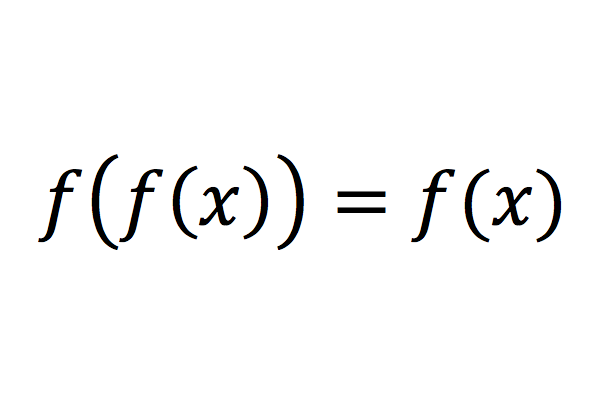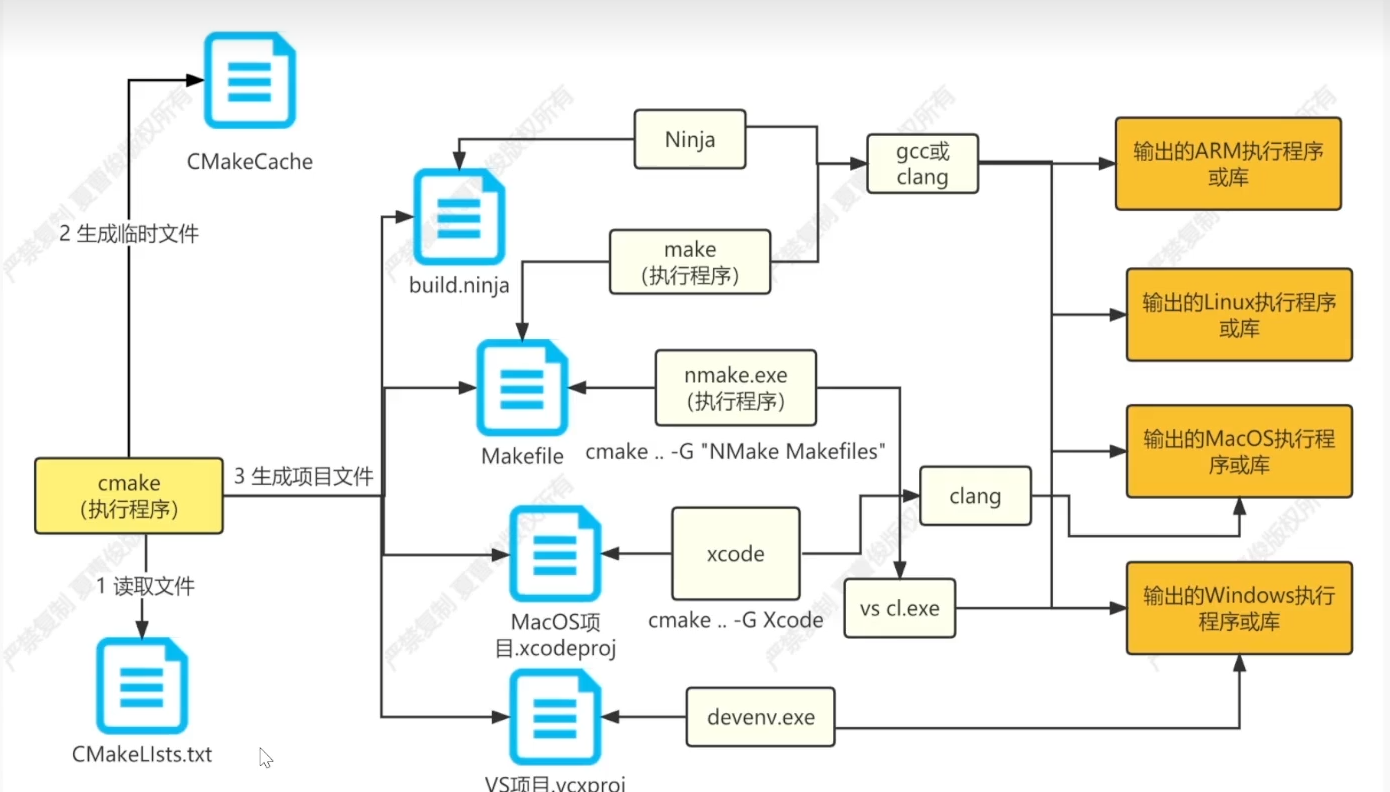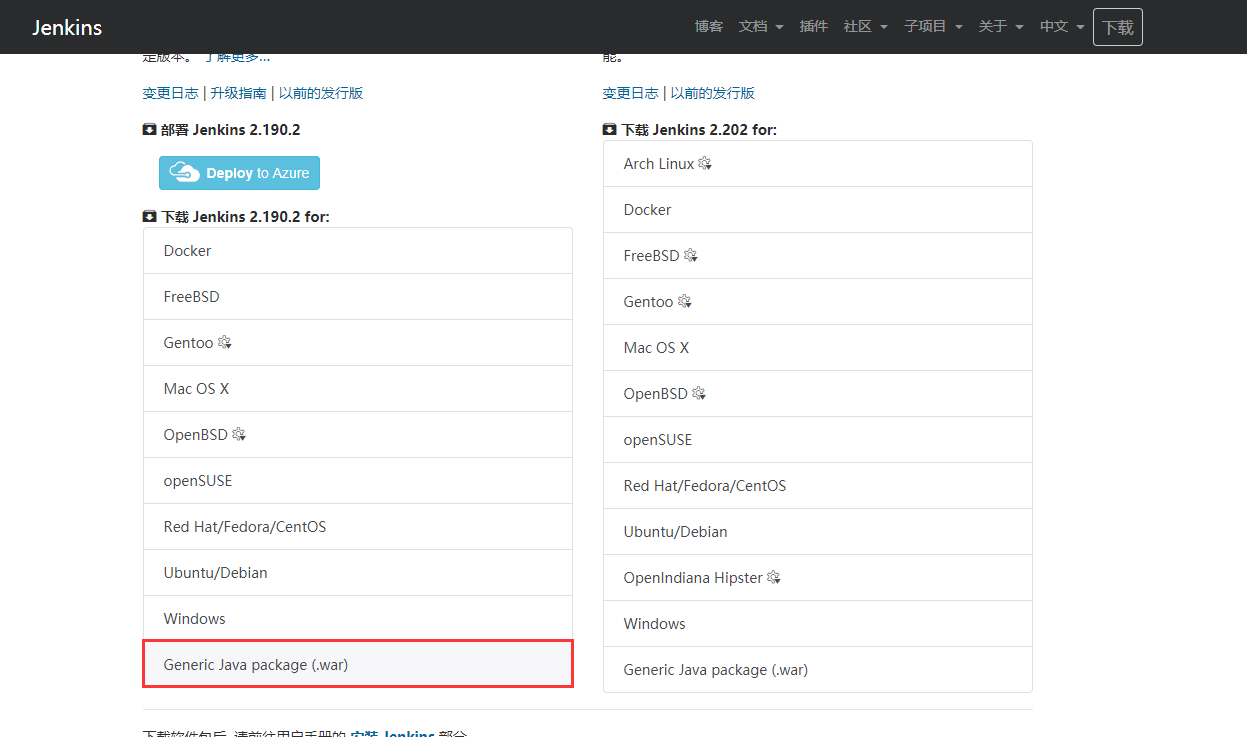前言
关于动态代理的一些知识,以及cglib与jdk动态代理的区别,在这一篇已经介绍过,不熟悉的可以先看下。
本篇我们来学习一下cglib的FastClass机制,这是cglib与jdk动态代理的一个主要区别,也是一个面试考点。
我们知道jdk动态代理是使用InvocationHandler接口,在invoke方法内,可以使用Method方法对象进行反射调用,反射的一个最大问题是性能较低,cglib就是通过使用FastClass来优化反射调用,提升性能,接下来我们就看下它是如何实现的。
示例
我们先写一个hello world,让代码跑起来。如下:
public class HelloWorld {
public void print() {
System.out.println("hello world");
}
}
public class HelloWorldInterceptor implements MethodInterceptor {
public Object intercept(Object o, Method method, Object[] objects, MethodProxy methodProxy) throws Throwable {
System.out.println("before hello world");
methodProxy.invokeSuper(o, objects);
System.out.println("after hello world");
return null;
}
}
非常简单,就是使用MethodInterceptor在HelloWorld类print方法前后打印一句话,模拟对一个方法前后织入自定义逻辑。
接着使用cglib Enhancer类,创建动态代理对象,设置MethodInterceptor,调用方法。
为了方便观察源码,我们将cglib生成的动态代理类保存下来。
//将生成的动态代理类保存下来
System.setProperty(DebuggingClassWriter.DEBUG_LOCATION_PROPERTY, "D:\\");
Enhancer enhancer = new Enhancer();
enhancer.setSuperclass(HelloWorld.class);
enhancer.setCallback(new HelloWorldInterceptor());
HelloWorld target = (HelloWorld) enhancer.create();
target.print();
输出
before hello world
hello world
after hello world
FastClass机制
我们知道cglib是通过继承实现的,动态代理类会继承被代理类,并重写它的方法,所以它不需要像jdk动态代理一样要求被代理对象有实现接口,因此比较灵活。
既然是通过继承实现的,那应该生成一个类就可以了,但是通过上面的路径观察,可以看到生成了3个文件,其中两个带有FastClass关键字。
这三个类分别是:动态代理类,动态代理类的FastClass,被代理对象的FastClass,从名称上也可以看出它们的关系。

其中动态代理类继承了被代理类,并重写了父类的所有方法,包括父类的父类的方法,包括Object类的equals方法和toString方法等。
public class HelloWorld$$EnhancerByCGLIB$$49f9f9c8 extends HelloWorld implements Factory {
}
这里我们只关注print方法,如下:
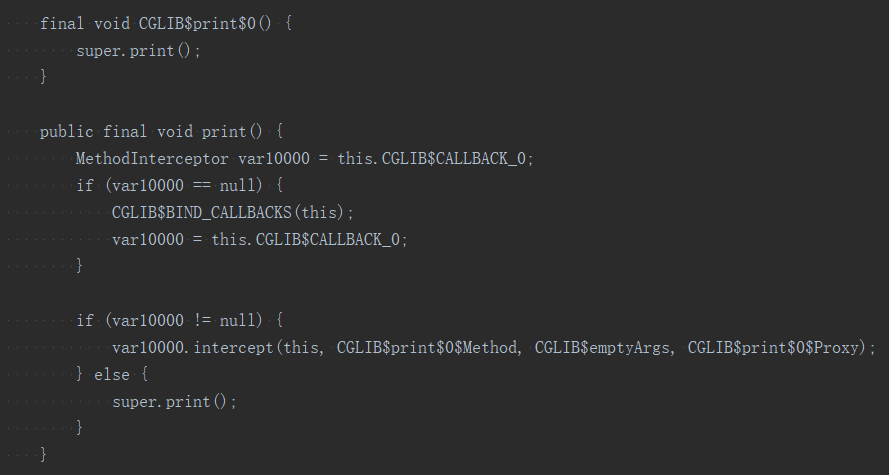
第一个直接调用父类方法,也就是被代理对象的方法;第二个会先判断有没有拦截器,如果没有也是直接调用父类方法,否则调用MethodInterceptor的intercept方法,对于我们这里就是HelloWorldInterceptor。
看下intercept的几个参数分别是什么,这几个参数的初始化在动态代理类的静态代码块中都可以找到。
第1个表示动态代理对象。
第2个是被代理对象方法的Method,就是HelloWorld.print。
第3个表示方法参数。
第4个是MethodProxy对象,通过名字我们可以知道它是方法的代理,每一个方法都会有一个对应的MethodProxy,它包含被代理对象、代理对象、以及对应的方法元信息。
这里我们重点关注MethodProxy,它的初始化如下:
CGLIB$print$0$Proxy = MethodProxy.create(var1, var0, "()V", "print", "CGLIB$print$0");
第1个参数表示被代理对象的Class。
第2个参数表示动态代理对象的Class。
第3个参数是方法的返回值。
第4个参数表示被代理对象的方法名称。
第5个参数表示对应动态代理对象的方法名称。
MethodProxy对象创建好后,我们上面就是通过它进行调用的
methodProxy.invokeSuper(o, objects);
invokeSuper主要源码如下:
public Object invokeSuper(Object obj, Object[] args) throws Throwable {
init();
FastClassInfo fci = fastClassInfo;
return fci.f2.invoke(fci.i2, obj, args);
}
private void init()
{
if (fastClassInfo == null)
{
synchronized (initLock)
{
if (fastClassInfo == null)
{
CreateInfo ci = createInfo;
FastClassInfo fci = new FastClassInfo();
fci.f1 = helper(ci, ci.c1); //被代理对象的FastClass
fci.f2 = helper(ci, ci.c2); //动态代理对象的FastClass
fci.i1 = fci.f1.getIndex(sig1); //被代理对象方法的索引下标
fci.i2 = fci.f2.getIndex(sig2); //动态代理对象方法的索引下标,这里是:CGLIB$print$0
fastClassInfo = fci;
createInfo = null;
}
}
}
}
init方法使用加锁+双检查的方式,只会初始化一次fastClassInfo变量,它用volatile关键字进行修饰,这里涉及到java字节码重排问题,具体可以参考我们之前的分析:happend before原则
接着回到invokeSuper方法,fci.f2.invoke(fci.i2, obj, args); 实际就是调用动态代理对象的FastClass的invoke方法,并把要调用方法的索引下标i2传过去。
至于方法的索引下标是怎么找到的,可以看动态代理对象的FastClass的getIndex方法,其实就是通过方法的名称、参数个数、参数类型,完全匹配,点到源码文件可以看到有大量的switch分支判断。
这里我们可以看到print方法的索引下标就是18。
public int getIndex(String var1, Class[] var2) {
switch (var1.hashCode()) {
case -1295482945:
if (var1.equals("equals")) {
switch (var2.length) {
case 1:
if (var2[0].getName().equals("java.lang.Object")) {
return 0;
}
}
}
break;
case 770871766:
if (var1.equals("CGLIB$print$0")) {
switch (var2.length) {
case 0:
return 18;
}
}
break;
}
}
public Object invoke(int var1, Object var2, Object[] var3) throws InvocationTargetException {
HelloWorld..EnhancerByCGLIB..49f9f9c8 var10000 = (HelloWorld..EnhancerByCGLIB..49f9f9c8)var2;
int var10001 = var1;
//...
switch (var10001) {
//...
case 18:
var10000.CGLIB$print$0();
return null;
}
}
可以看到最终调用到动态代理类的CGLIB$print$0方法,也就是:
final void CGLIB$print$0() {
super.print();
}
最终调用的就是父类的方法。我们画张图总结一下,有兴趣的同学跟着图和代码逻辑应该可以快速理解。
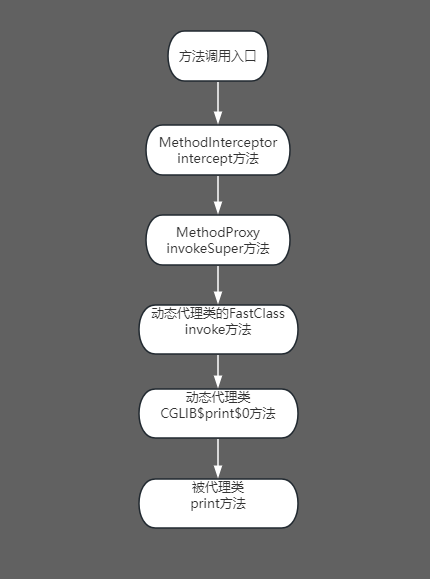
总结
经过上面的分析,我们可以看到cglib在整个调用过程并没有用到反射,而是使用FastClass对每个方法进行索引,通过方法名称,参数长度,参数类型就可以找到具体的方法,因此性能较好。但也有缺点,首次调用需要生成3个类,会比较慢。在我们实际开发中,特别是一些框架开发,如果有类似的场景也可以借助FastClass对反射进行优化,如:
MyClass cs = new MyCase();
FastClass fastClass = FastClass.create(Case.class);
int index = fastClass.getIndex("test", new Class[]{Integer.class});
Object invoke = fastClass.invoke(index, cs, new Object[1]);
另外MethodProxy还有一个invoke方法,如果我们换一下调用这个方法会发生?留给大家自己尝试。
methodProxy.invokeSuper(o, objects);
//换成 methodProxy.invoke(o, objects);
更多分享,欢迎关注我的github:https://github.com/jmilktea/jtea






